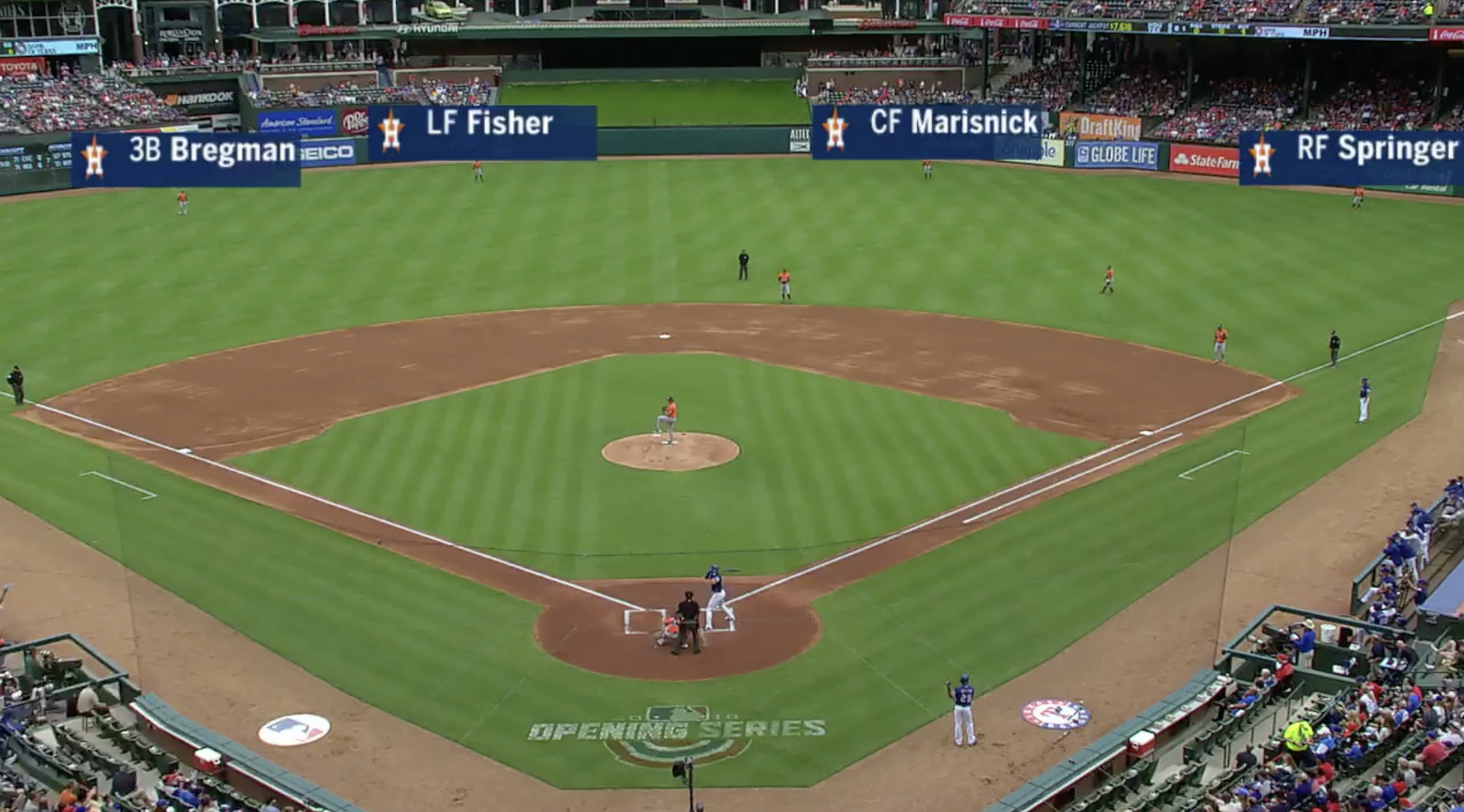Corey Kluber Is the Best Pitcher in Baseball

(Photo: Arturo Pardavila III)
For a really long time, there was little doubt about the best pitcher on the planet. Clayton Kershaw has been on an epic run that will land him in the Hall of Fame. Over the past two seasons, Kershaw has still been brilliant, but he’s averaged 24 starts and 162 innings instead of 32 starts and 222 innings. That slight downturn in health has allowed arguments to pop up debating whether Kershaw is still the best pitcher in baseball. Last season, Max Scherzer was the takeover candidate of choice. The 2016 National League Cy Young winner followed up one great performance with another by claiming the award again. Ignored in those debates was a pitcher who has been better than both over the past two seasons and projects to be better this year: Corey Kluber.
On Monday, Kluber pitched eight scoreless innings, striking out 13 batters against one walk and just two hits. After three starts, Kluber’s ERA is 1.57, his FIP is 2.33, and he’s been worth 0.7 WAR. That’s great, but it doesn’t really separate him from a bunch of good pitchers off to great starts, including Scherzer, Dylan Bundy, and Gerrit Cole. Let’s extend to the past just a little bit more to get a sense of how Kluber has done lately. The table below shows the top pitchers by WAR since the All-Star Break last season.
| Name | IP | FIP | ERA | WAR |
|---|---|---|---|---|
| Corey Kluber | 133.1 | 2.51 | 1.76 | 4.6 |
| Luis Severino | 99.2 | 2.81 | 2.17 | 3.3 |
| Carlos Carrasco | 107.0 | 2.91 | 3.36 | 3.1 |
| Jacob deGrom | 102.0 | 2.81 | 3.18 | 3.0 |
| Justin Verlander | 120.0 | 3.28 | 1.88 | 3.0 |
| Jon Gray | 102.1 | 3.18 | 3.96 | 2.9 |
| Chris Sale | 97.2 | 2.76 | 2.86 | 2.9 |
| Charlie Morton | 95.0 | 2.92 | 3.03 | 2.8 |
| Gerrit Cole | 109.1 | 3.35 | 3.62 | 2.8 |
| Stephen Strasburg | 75.0 | 2.47 | 1.32 | 2.6 |
| Max Scherzer | 92.1 | 2.97 | 2.73 | 2.5 |
Kluber is so far out ahead of the pack, the 1.3 WAR difference between him and Severino is nearly double the difference between Severino and 11th-place Scherzer. Combining his great second half with his strong start to this season, Kluber has struck out 169 batters and walked only 15. Since the All-Star Break last season, Kluber has been the best pitcher in baseball, and it isn’t particularly close. To really take a look at the best pitcher in baseball, it probably helps to take a bit of a longer view. Read the rest of this entry »

